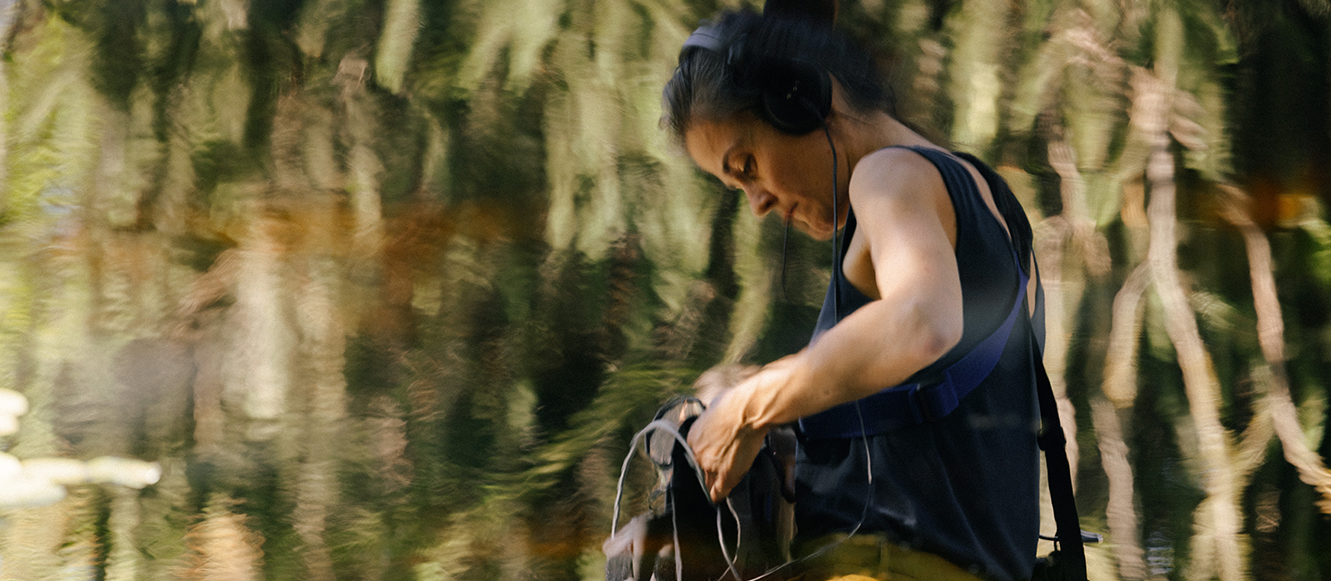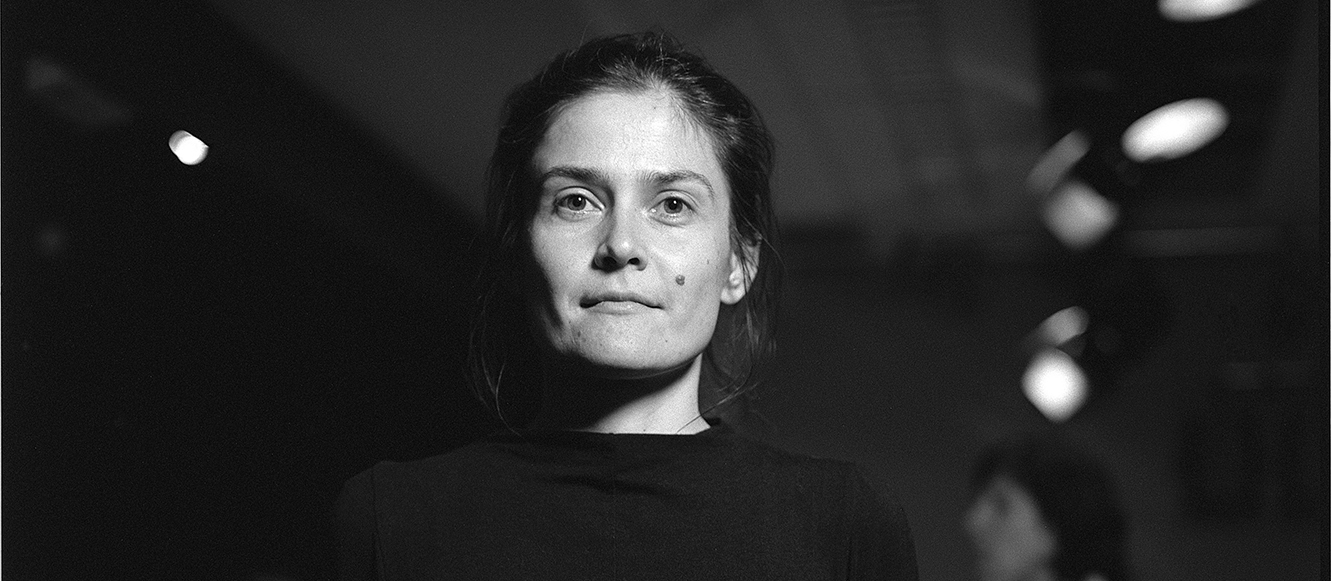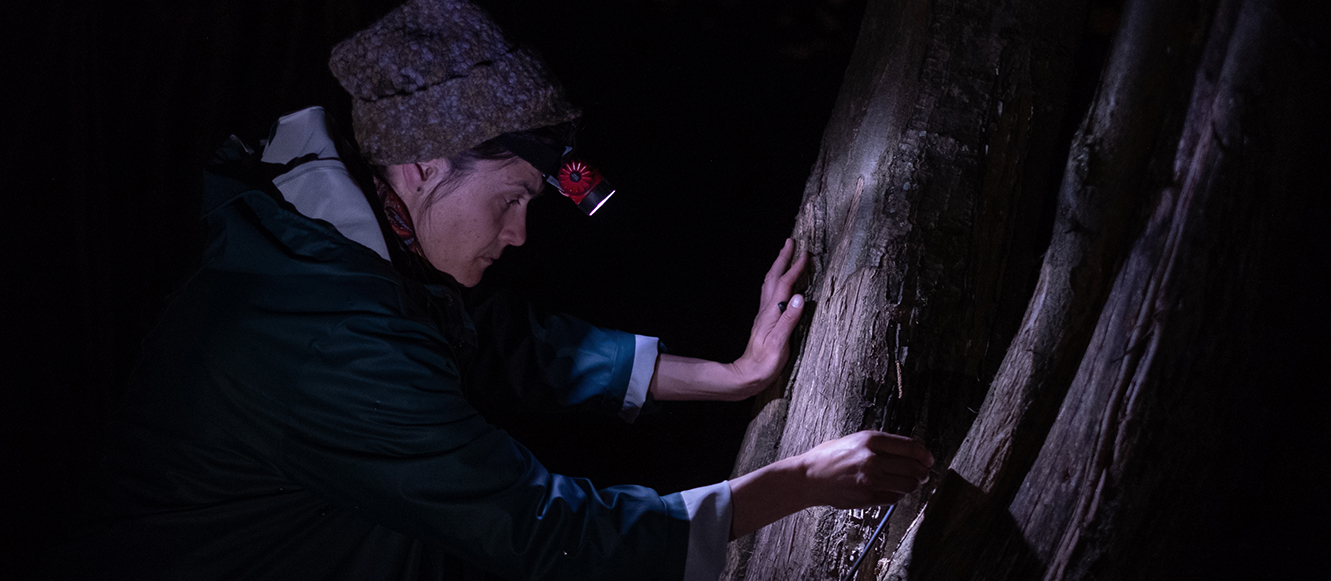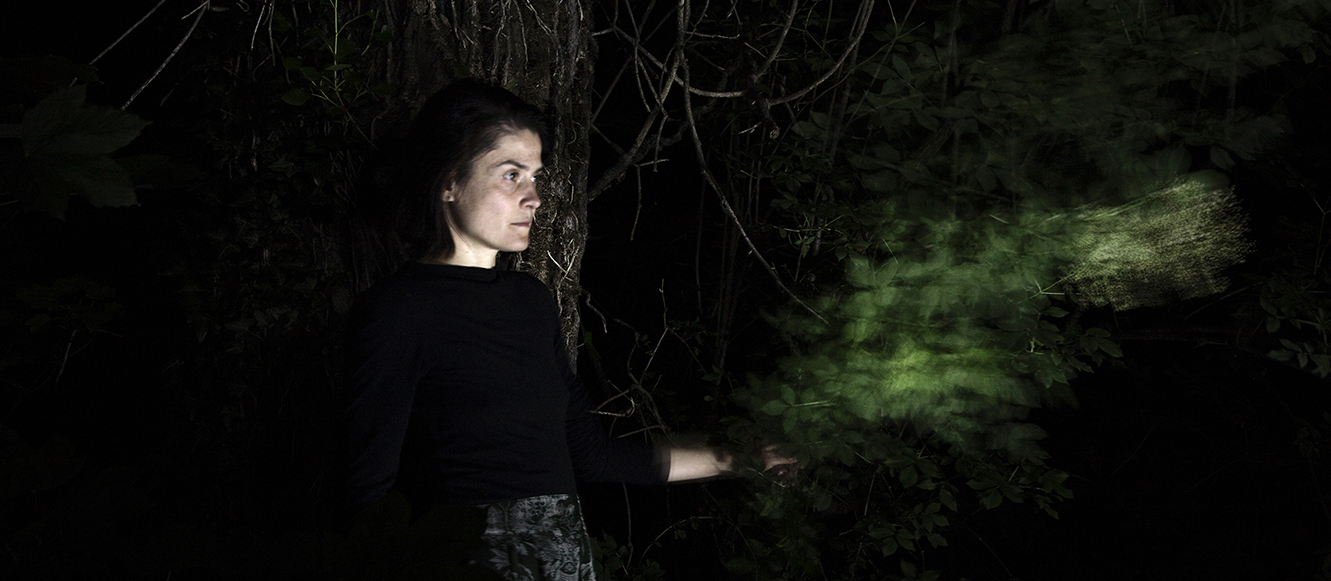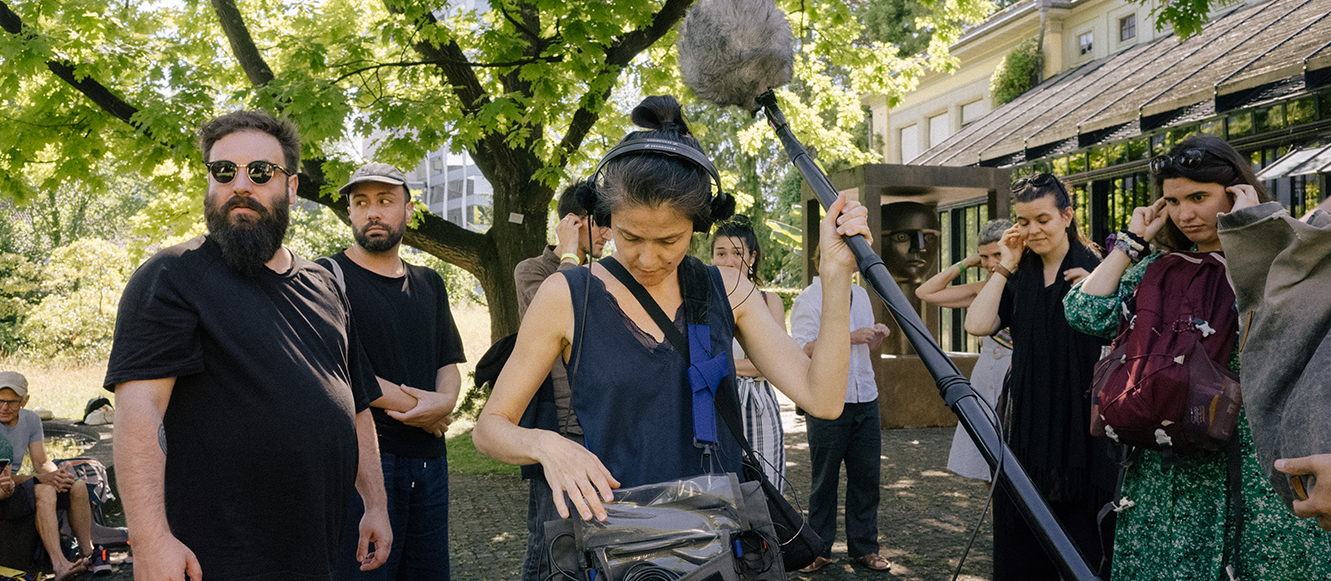"In this project in creation, L'imaginaire de la mer, there will be no spoken language, but an intention to make us feel, by exploiting the physicality of sound and relying on psychoacoustic effects, the evolutions in the perception of the soundscape of the sea seen from a contemporary European perspective.
My challenge will be to use exclusively sounds of marine origin, in the broadest sense of the term, recorded by myself: captured at the edge, above, below and at a distance from the sea using aerial microphones, hydrophones, electromagnetic wave sensors, anti-radio, etc. This material will then be meticulously worked and mixed, with particular attention to multidiffusion and working in space, with the aim of creating a sound creation whose form has yet to be defined. This material will then be meticulously processed and mixed, with particular attention paid to multidiffusion and working with space, with the aim of creating a sound work whose form has yet to be defined, and which is conceptually based on different interpretations of the sound of the sea inside a shell.
-
As with most people who grew up far from the sea, my first contact with this immense expanse of perpetually moving salt water was through an object very common in any household across the globe - a shell that "reproduces the sound of the sea", as everyone around me used to say.
Stefan Helmreich's fascinating article "Seashell Sound", published in the quarterly Cabinet, Issue 48 (NY, Winter 2012-2013), describes the evolution of explanations for this phenomenon throughout European history. Beyond the curious and humorous potential that each explanation engenders, all reflect the relationship between hearing, world and self at some point in humanity's existence.
In the Western world, the first explanation for the phenomenon is that the shell itself sings, speaks and sighs, echoing distant oceanic and community pasts. It acts as both ear and mouth, capturing and reproducing various forms of poetic and mythological realities from the past.
In the 19th century, the explanation emerged that the sounds we hear in shells are the vibrations of our environment, concentrated and resonating inside the hole. We associate them with the sound of waves, only because we know that the shell originally comes from the sea. From this perspective, the shell becomes an object that captures and restores each individual's personal, present moment.
At the same time as the language of vibratory waves invaded the scientific realm, some spiritualists appropriated the explanation by seeking in the vibrations of the world captured by shells, the voices of the dead. As spiritual mediums, conch shells are strangely active whisperers of secrets, with voices that are mostly feminine.
The erroneous assertion that what we hear inside shells is the flow of our own blood persists to this day.
This comparison was made possible by the invention and improvement of the stethoscope. Henceforth, in most people's imaginations, the conch shell delivers sounds imagined deep inside human bodies, rather than outside them. From this perspective, the oceanic distance is presented as a sound coming from within, the listener's body itself becoming the shell that carries the sound."
- Olga Kokcharova
mudac-Plateforme 10
With the support of
Fondation Leenaards
Thanks
Fondation Camargo, GMEM
Olga Kokcharova
Olga Kokcharova, born in Siberia and living in Switzerland, is a composer, sound artist, musician and landscape architect. She is interested in all that is audible, regardless of the medium. Through her research, the artist explores sound as a tool for constantly reinventing our mapping of reality.
She works with analog modular synthesizers, prepared instruments and field recordings, favoring meticulous sound recording but also experimenting in circumstances where the recording equipment is put to the test.
These sources are then used to create compositions, radio pieces, multichannel electroacoustic improvisations, soundtracks, soundwalks and sound installations in public spaces.
The artist is regularly invited to take part in multidisciplinary laboratories and think tanks bringing together anthropologists, artists, architects and landscape architects, sociologists and urban planners, with the aim of integrating the sound question into joint reflection.
His work has been presented in Europe, Argentina, Australia, the United States, Japan and Morocco. He has been awarded several prizes: Neumann (2009); GNOM - Das Ohr Der Zeit (2010); Sonohr Prix d'Ohr - für ein besonders herausragendes Hörerlebnis (2017); Liechti (2017); Prix de la Fédération Suisse des Architectes Paysagistes (2020) for his recent studies.
Olga Kokcharova
sound artist and composer
